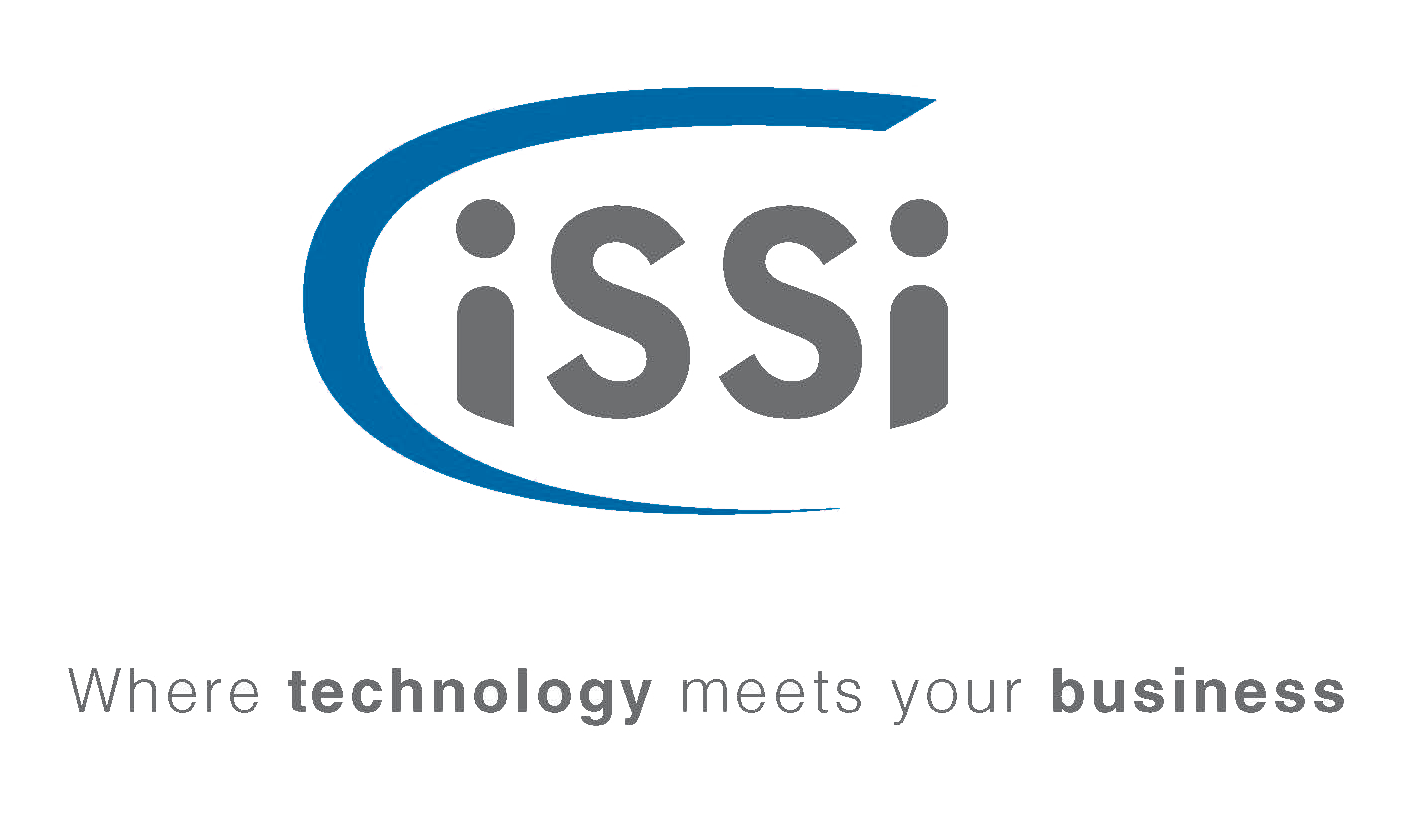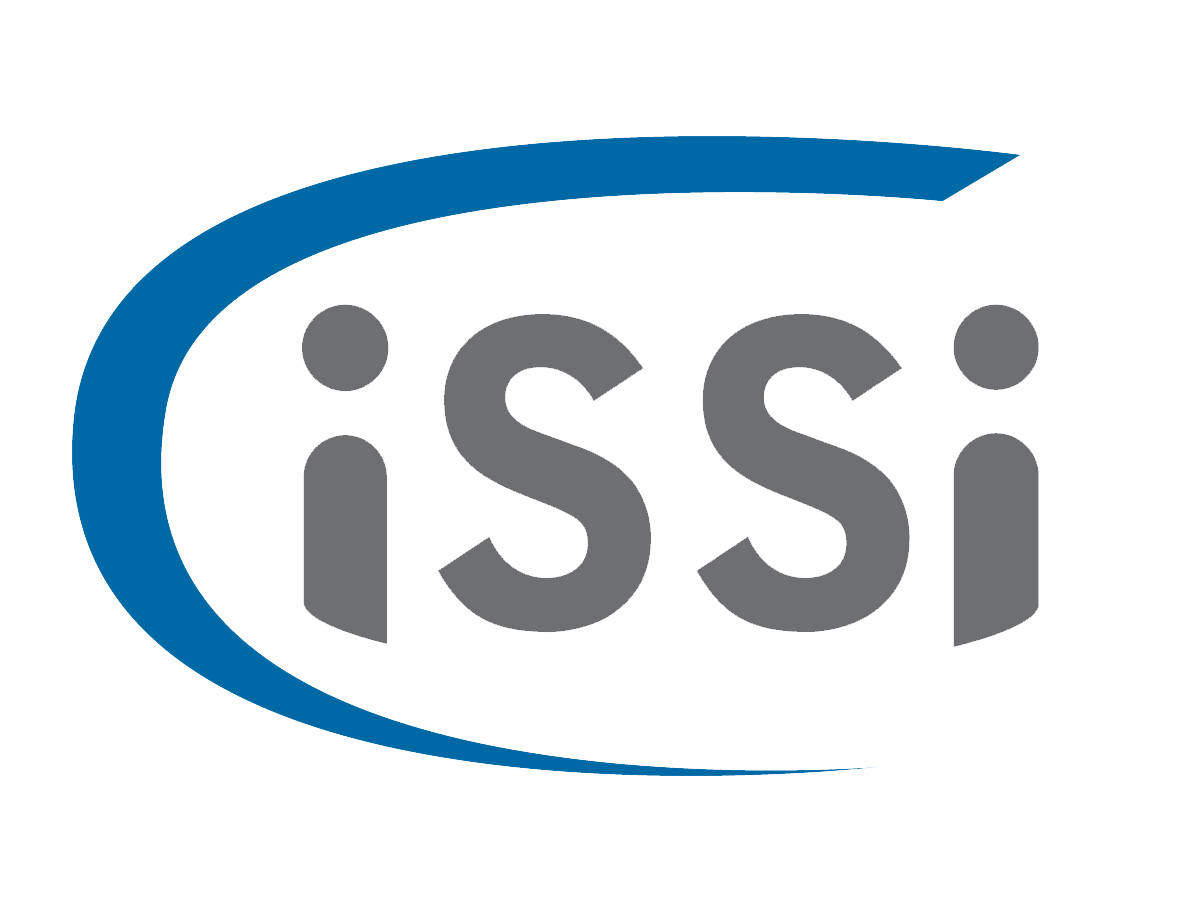How Virtual and Augmented Reality Are Changing the Manufacturing Industry
Imagine you are the plant manager of a successful manufacturing company with plants all around the world. Your main office is in Seattle but you need to be in Detroit for a scheduled plant inspection. Instead of paying for an expensive plane ticket and spending your precious time travelling to the plant, you slide on a virtual reality headset and are immediately transported to a 1:1 scale model of the exact plant. You can freely move within the plant and inspect it just as if you were physically at the location, without the hassle of having to relocate to the other side of the country.
This is what the future of VR in manufacturing could look like, especially with the rapid improvements in the hardware capabilities of VR headsets. It could be much easier to close the shop floor to top floor gap, as VR will allow business leaders to get a true sense of what is going on in specific plants. VR could also make it possible for a plant manager or employee to inspect a specific product coming off the line to check for any defects, and if the product is being produced to the correct specifications.
One key feature of a virtual factory is the enormous amount of data that could be aggregated and displayed visually for a user. A plant manager can visualize a plant in VR at a scale of 100:1 and see all of the data coming out of it, either through a graph or some other graphical image. All the data from different plants can then be grouped together and depicted in a way to identify any processes that could be run more efficiently or effectively and what decisions are required to realize this potential. The data coming out of these virtual factories would be real-time and specific, allowing for faster and improved decision making. As a manager, you could see right away if there was a problem at one of your plants without actually having to be physically present.
VR in the manufacturing industry doesn’t only benefit the management function of a company – this technology could help employees in a number of ways as well. In fact, employees at Volvo plants are already using AR (Augmented Reality) to help with the very precise assembly of critical car parts. AR is different to VR in the sense that you are not fully immersed in another environment; instead, your existing environment is changed to show data or to help guide you through a process. An example of this would be putting on Microsoft’s HoloLens and seeing a small holographic arrow pointing to exactly where you need to put a screw. This technology could help remove common human errors and simple mistakes, saving a manufacturer lots of money in the long run.
The technology improvements in VR/AR are at a point where it would make sense for managers to invest in them, especially since the capabilities greatly improve certain day-to-day processes and cut costs. Overall, it will be interesting to see what VR/AR can do for not just the manufacturing industry, but for the world as a whole in the coming years.
Vuk Petrovic
Software Developer
Vuk is a Software Developer at iSSi. He is also currently pursuing a joint degree in Management Information Systems and Operations Management at the SFU Beedie School of Business.
Follow iSSi on LinkedIn
Originally posted on Pangaea Solutions Inc.








